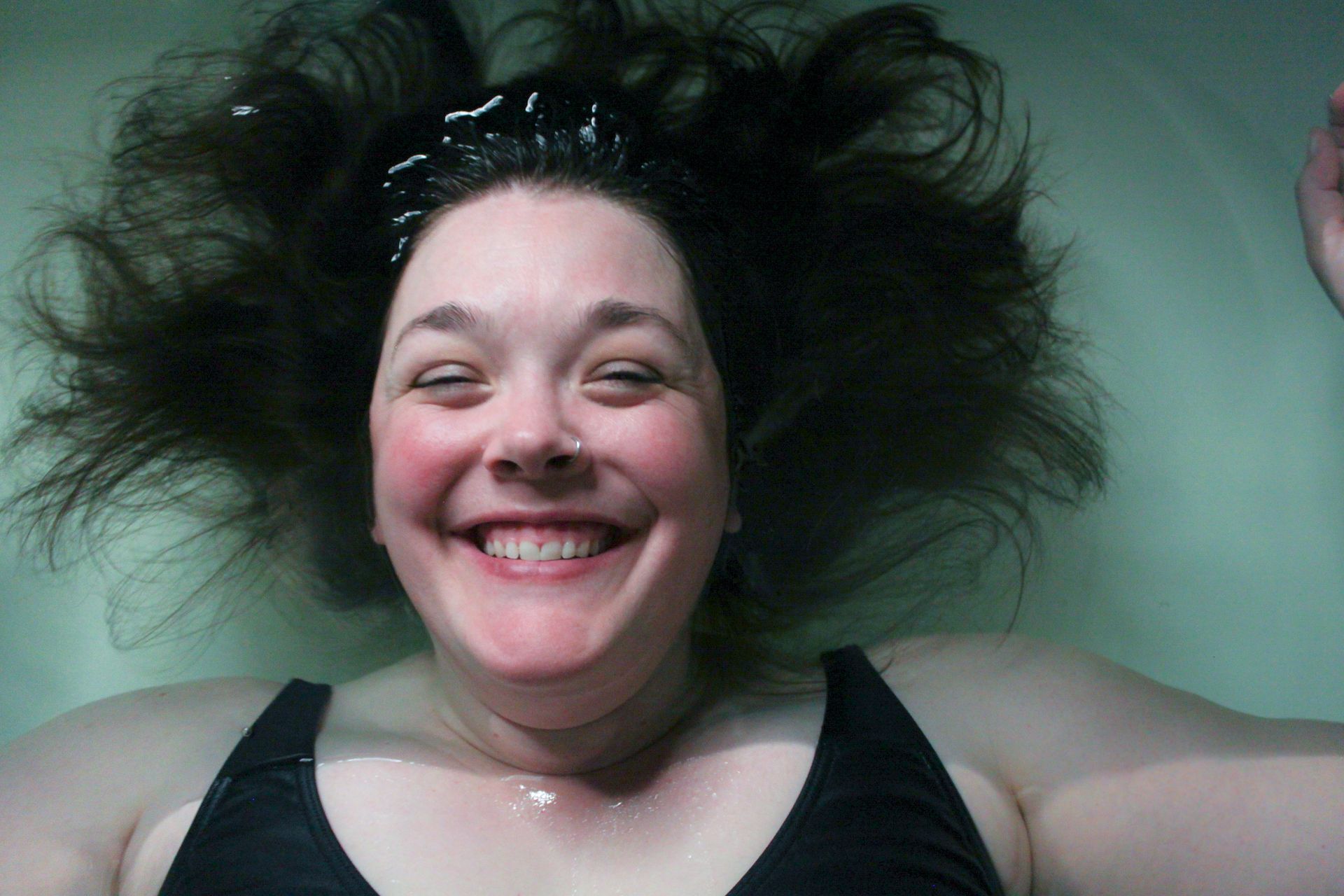All You Need to Know about Sensory Deprivation Tank Therapy
All You Need to Know about Sensory Deprivation Tank Therapy

Sensory deprivation tank therapy has been found to promote relaxation improve sleep quality and alleviate stress, anxiety and pain. Additionally it may offer health benefits.
A sensory deprivation tank, also known as an isolation tank or flotation tank is utilized for a form of therapy called environmental stimulation therapy (REST). It consists of an soundproof tank filled with one foot of saltwater.
The original design of the sensory deprivation tank dates back, to 1954 when it was created by John C. Lilly, a physician and neuroscientist. Its purpose was to investigate the nature of consciousness by isolating individuals from stimuli.
During the 1960s Lillys research took a direction as he began experimenting with deprivation while under the influence of LSD—a hallucinogenic substance—and ketamine—an anesthetic known for its rapid sedative effects that can induce a trance like state.
In the 1970s commercial float tanks were. Started being studied for their health benefits.
Nowadays finding a sensory deprivation tank is convenient as float centers and spas, around the world offer float therapy services.
The growing popularity of these tanks may be attributed in part to scientific evidence supporting their efficacy. Research suggests that spending time, in a deprivation tank can have benefits for individuals in good health. These benefits may include muscle relaxation improved sleep, reduced pain levels and decreased stress and anxiety.
In a deprivation tank the water is heated to match body temperature and contains a concentration of Epsom salt (magnesium sulfate) allowing for effortless floating. Once inside the tank without any stimuli like sound, sight or gravity due to the lid or door one experiences weightlessness in complete silence and darkness. This environment is believed to induce a state of relaxation in the brain.
Sensory deprivation tank therapy is known to have effects on the brain ranging from hallucinations to heightened creativity.
Is It Possible to Experience Hallucinations While In a Sensory Deprivation Tank?
Many individuals have reported experiencing hallucinations while being in a sensory deprivation tank. Numerous studies conducted over time have demonstrated that sensory deprivation can lead to experiences to psychosis.
A study conducted in 2015 involved 46 participants who were divided into two groups based on their susceptibility to hallucinations. The researchers discovered that both the high and low prone groups experienced effects during deprivation sessions with an increase in hallucination frequency observed among those more prone, to such experiences.
Can It Enhance My Creativity?
According to a study published in the European Journal of Integrative Medicine in 2014 floating in a deprivation tank has shown results, in several studies suggesting that it can boost originality, imagination and intuition – all factors that contribute to increased creativity.
Is It Helpful For Improving Focus and Concentration?
While most of the research is not recent there is some evidence suggesting that sensory deprivation might enhance focus, concentration well as promote clearer and more precise thinking. These improvements have been associated with learning outcomes and enhanced performance in both professional settings.
Does It Have an Impact on Athletic Performance?
The effects of deprivation tank therapy on performance have been extensively studied. Research indicates that it can effectively expedite recovery after training by reducing blood lactate levels. Additionally a study conducted on 60 athletes in 2016 found that it also aids in recovery following intense training sessions and competitions.
Benefits of Using a Sensory Deprivation Tank
There are medical benefits associated with the use of sensory deprivation tanks for conditions such as anxiety disorders, stress management and chronic pain relief.
Can Sensory Deprivation Tanks Help Alleviate Anxiety?
Flotation REST has demonstrated effectiveness, in reducing anxiety levels based on research findings. According to a study conducted in 2018 researchers found that a single one hour session, in a deprivation tank had an impact on reducing anxiety and improving mood for the 50 participants who had stress and anxiety related disorders.
Similarly a study from 2016 involving 46 individuals who self reported generalized anxiety disorder (GAD) showed that sensory deprivation tank therapy helped alleviate symptoms of GAD including depression, sleep difficulties, irritability and fatigue.
Moreover multiple studies have confirmed the effectiveness of deprivation tank therapy in relieving pain. It has been found to be particularly effective in treating tension headaches, muscle tension and various types of pain.
For instance in a study involving seven participants with whiplash associated disorders such as neck pain and stiffness with reduced range of motion sensory deprivation tank therapy was shown to be effective. It has also demonstrated results in reducing stress related pain.
In terms of health improvement research suggests that flotation REST therapy can positively impact health by inducing deep relaxation that reduces stress levels and improves sleep. Chronic stress and sleep deprivation are known risk factors for blood pressure and cardiovascular disease.
Lastly there are claims, about flotation REST therapy leading to feelings of happiness and euphoria. People have shared their experiences of experiencing a sense of happiness improved well being and a more positive outlook, after undergoing therapy using a sensory deprivation tank.
Additionally some individuals have reported having encounters, deep inner serenity, sudden spiritual revelations and feeling like they have been reborn.
Cost of a Sensory Deprivation Tank
If you wish to have your sensory deprivation tank at home it can range in price from $10,000 to $30,000. However at Levity, we offer single sixty-minute sessions for $59 and ninety-minute sessions for $79. You are also able to save some money by getting a monthly membership (as low as $49 a month) and we even do bundles of sessions which drop the price per session significantly.
Process of Using a Sensory Deprivation Tank
Although the process may slightly vary depending on the flotation center or spa you visit generally it goes as follows;
1. Arrive at the flotation center or spa with an arrival if its your time.
2. Remove all clothing and jewelry before proceeding.
3. Take a shower prior to entering the tank.
4. Enter the tank. Securely close the door or lid.
5. Gently recline back. Allow yourself to float with ease due to the waters buoyancy.
6. At the beginning of your session, a few minutes of soothing music is played to assist in relaxation.
7. Enjoy floating peacefully for an hour.
8. Relaxing music plays to let you know the session is over.
9. Exit the tank once your session has ended.
10. Shower again before getting dressed.
To ensure you have an beneficial session its recommended that you have something to eat 30 minutes before your session. It's also advisable to avoid consuming caffeine for four hours beforehand.
It is not advisable to shave or wax before your session as the salt, in the water can cause skin irritation.
For women who are menstruating it would be better to reschedule their session once their period has ended.
In conclusion when used correctly a sensory deprivation tank can help alleviate stress reduce muscle tension and pain and even improve your mood.
While sensory deprivation tanks are generally safe it's always an idea to consult with a doctor if you have any conditions or concerns before using one.
Click the button below and start enjoying all the benefits of a sensory deprivation tank.












